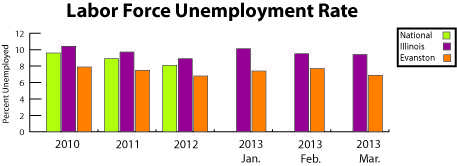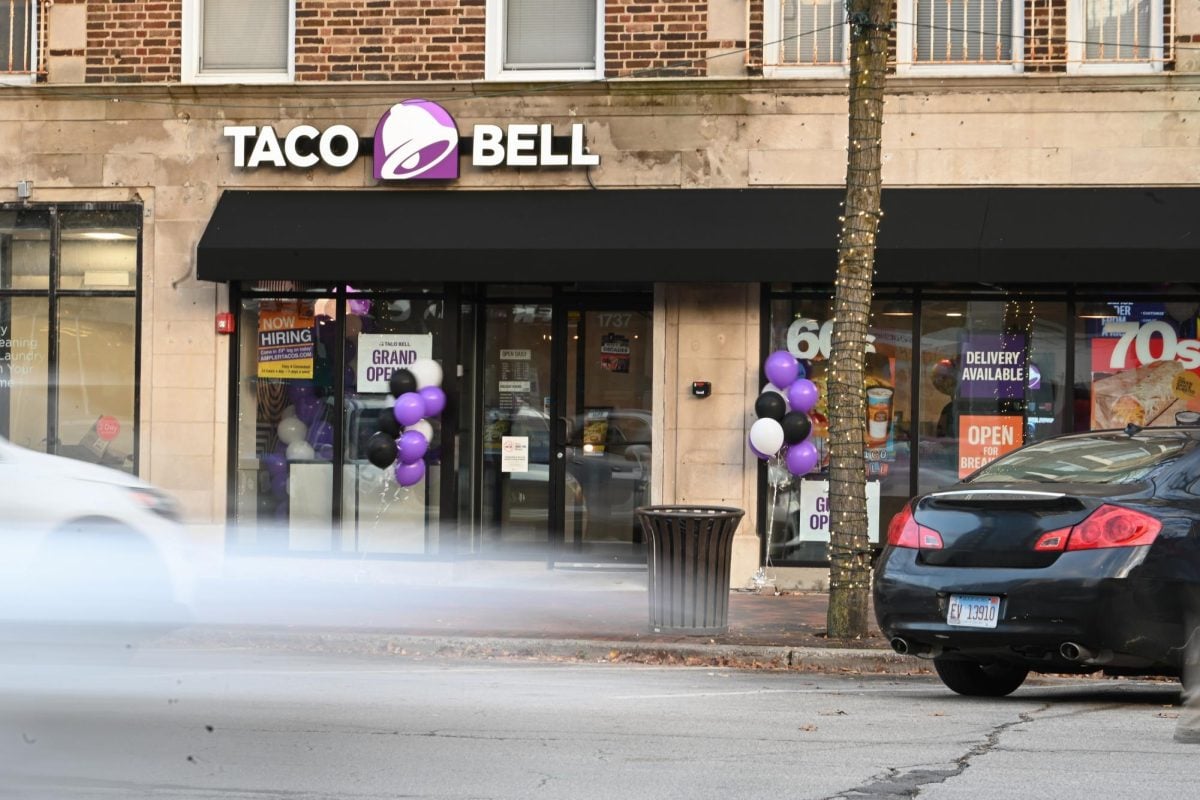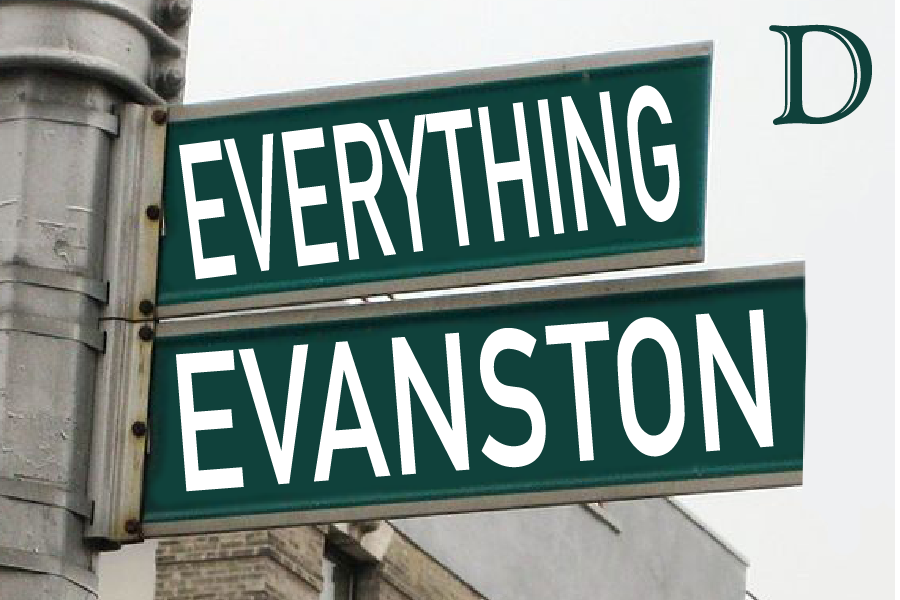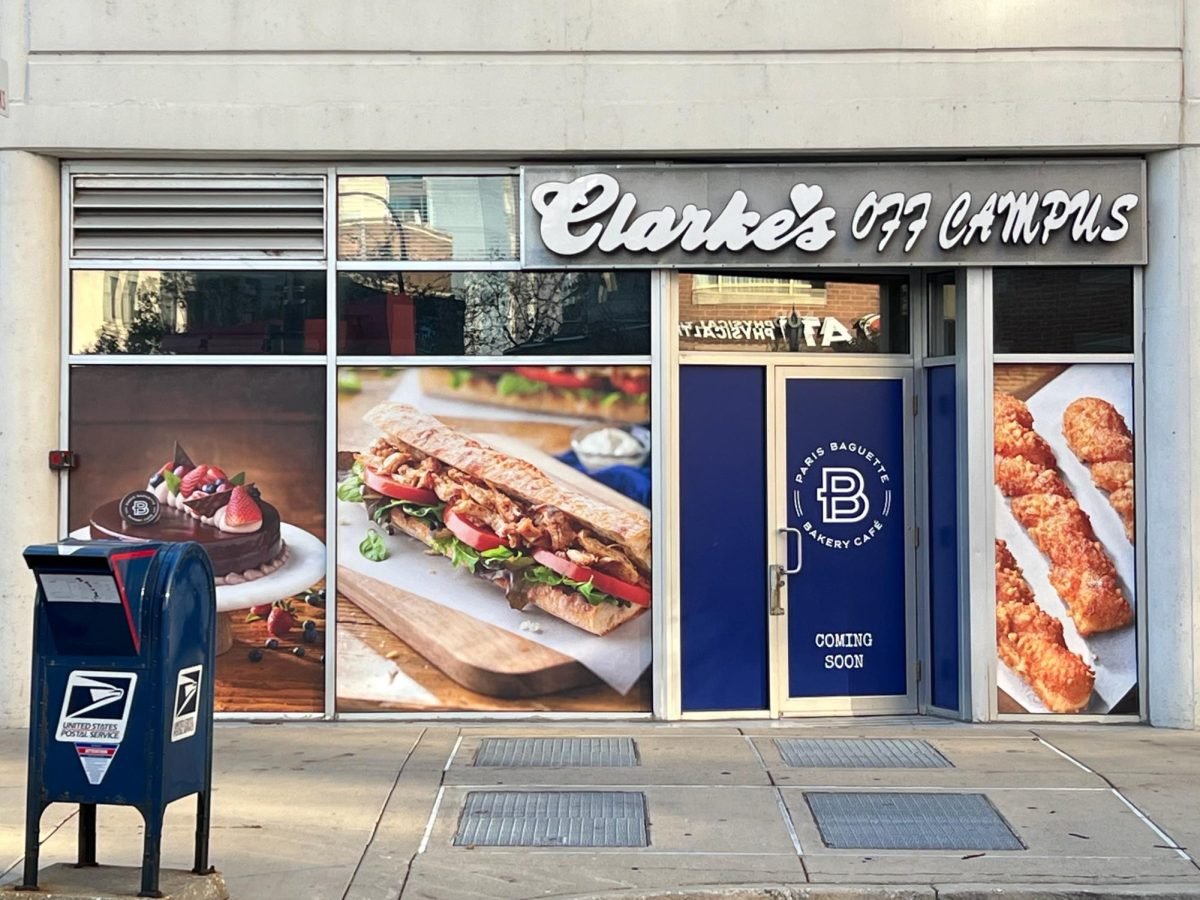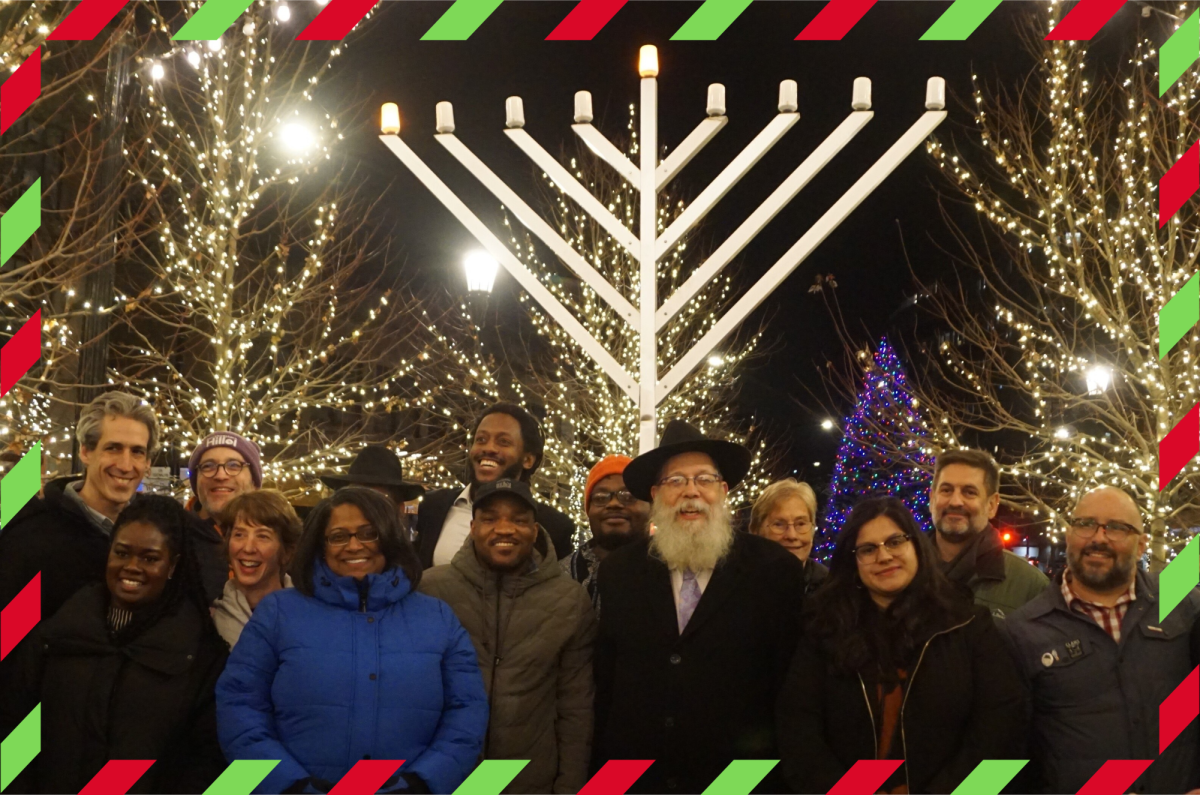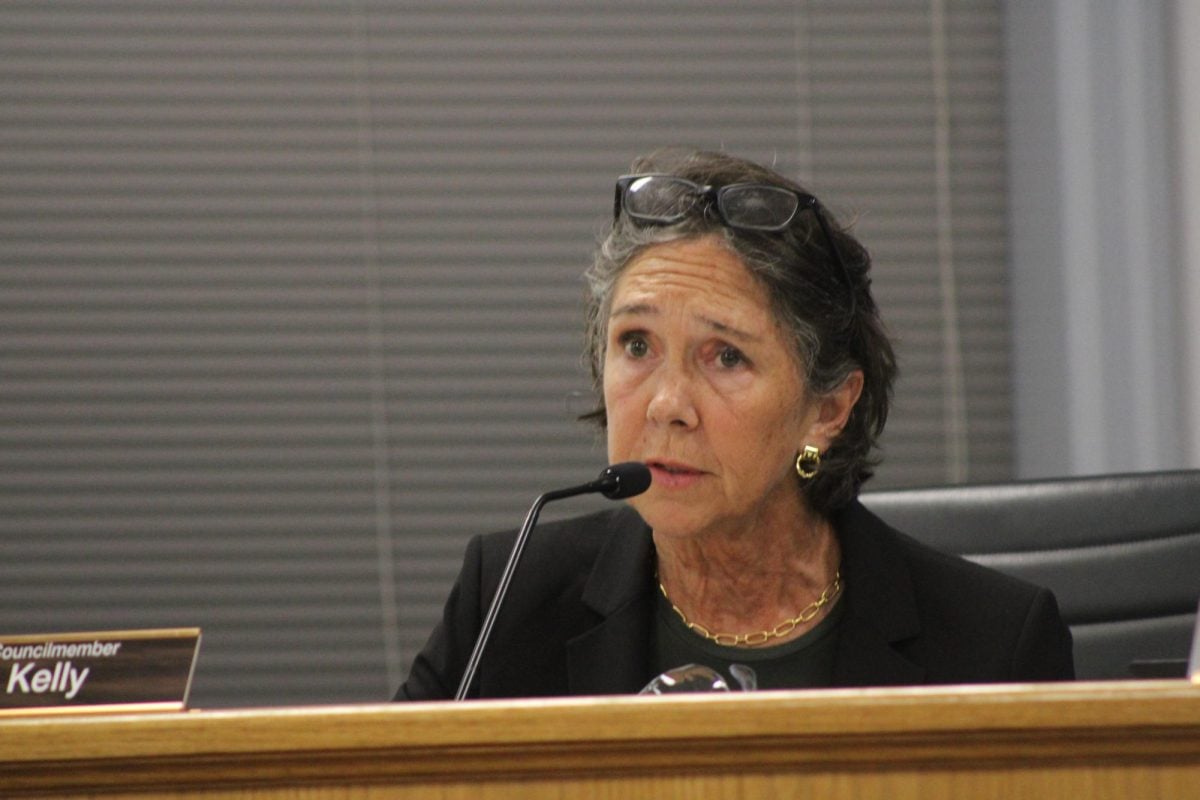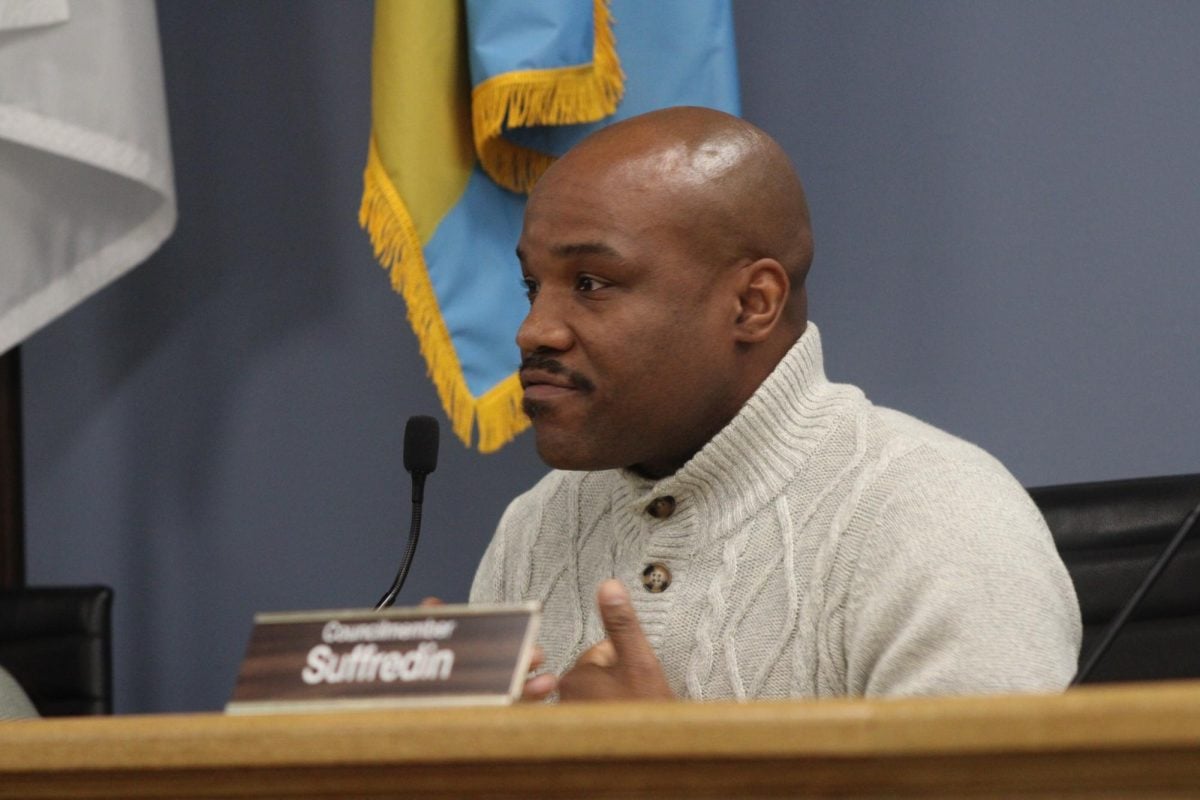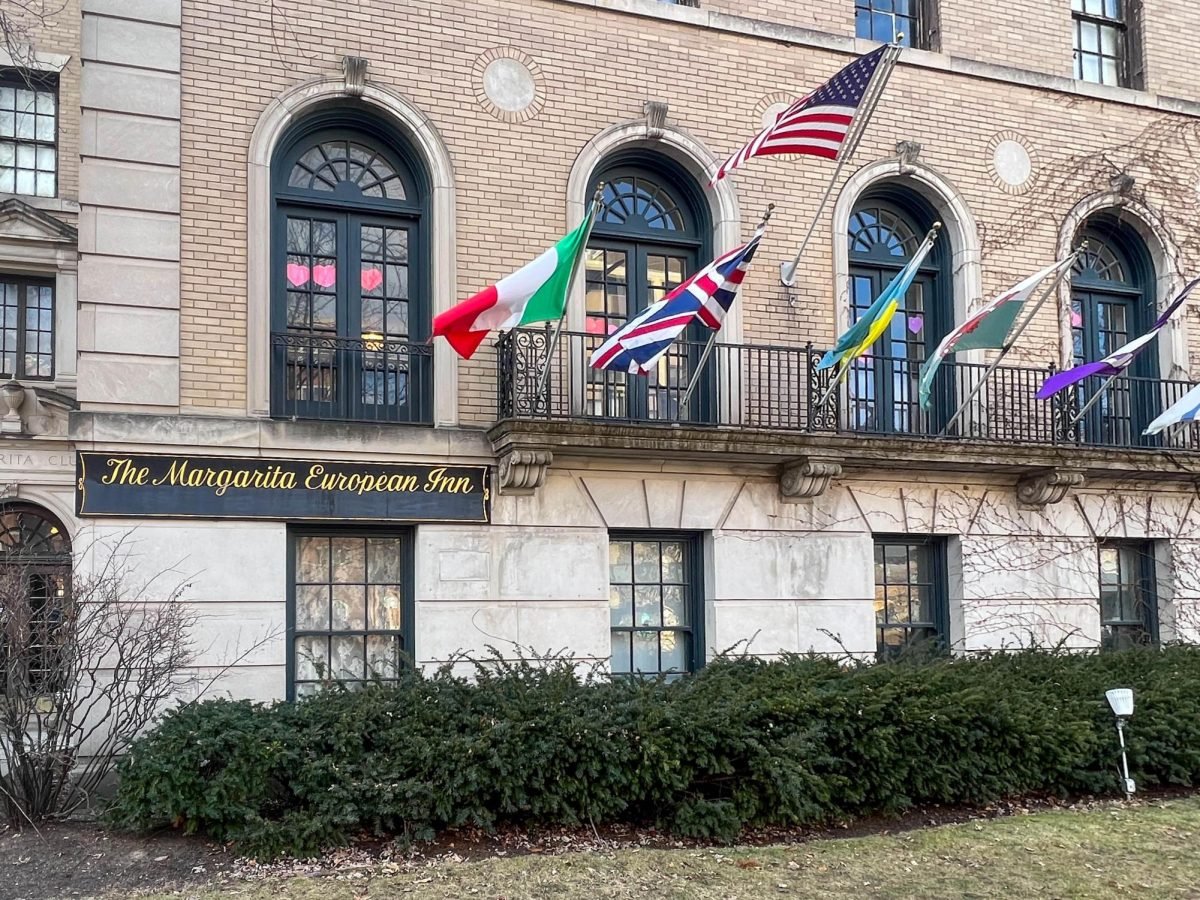Evanston officials are taking steps to address unemployment even though the jobless rate is falling so far this year.
Unemployment in the city decreased to 6.9 percent in March from 7.4 percent in January, according to a report released by the city’s Economic Development Committee last week,
The city’s current unemployment rate is lower than the state average of 9.5 percent and the national average of 7.6 percent. Evanston’s average unemployment rate last year was 6.8 percent, a drop from 7.9 percent in 2010, according to the Illinois Department of Employment Security. The Economic Development Committee started making these numbers available to the public last year, coordinator Paul Zalmezak said.
“Right now, it’s a great rate for the city,” Zalmezak said. “But for other segments of the population that have higher rates of unemployment, we don’t know. It’s an extra conversation we want to have.”
Zalmezak said this is the committee’s first time addressing this problem, and it does not know exactly how to find populations at higher risk of unemployment. Committee members will talk to state departments to pinpoint exactly who is unemployed, he said.
“Once we know the profile of who that is … we can start steering our resources toward those unemployed individuals,” he said. “Some of them, of course, are part of the natural economy. Some are perpetually unemployed and problems develop.”
The city’s Youth Job Center encounters a variety of people seeking work, spokeswoman Rebecca TeKolste (Weinberg ‘12) said. The homeless and those with criminal backgrounds have particular difficulty finding work, she said.
Employers often deny work to ex-offenders even when the crimes happened years ago, TeKolste said. She said some employers discriminate against homeless youth, claiming their home environment affects work performance.
“Despite their best intentions, they are unable to keep the job they’ve earned,” she said. “In low economic situations, there are also differences of health, more emergency room visits, last-minute types of events … these things pile one on top of another.”
TeKolste said she and the city have become more aware of the socioeconomic dichotomy between areas of Evanston, especially between the communities divided by Ridge Avenue. She said there is a stark visual difference between some of these communities, and the committee should keep these in mind as it addresses unemployment.
“You can see a clear difference between streets and houses,” she said.
